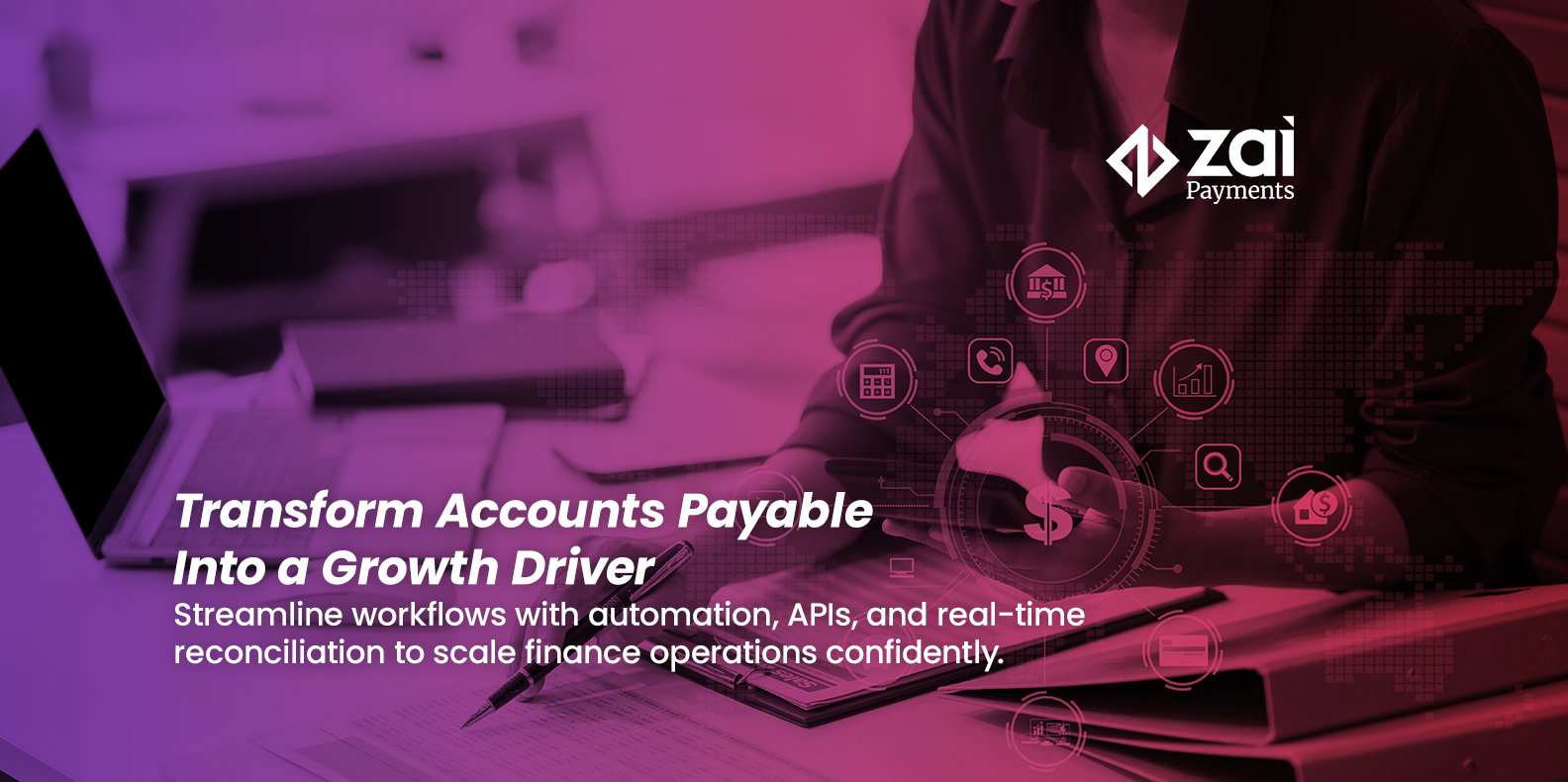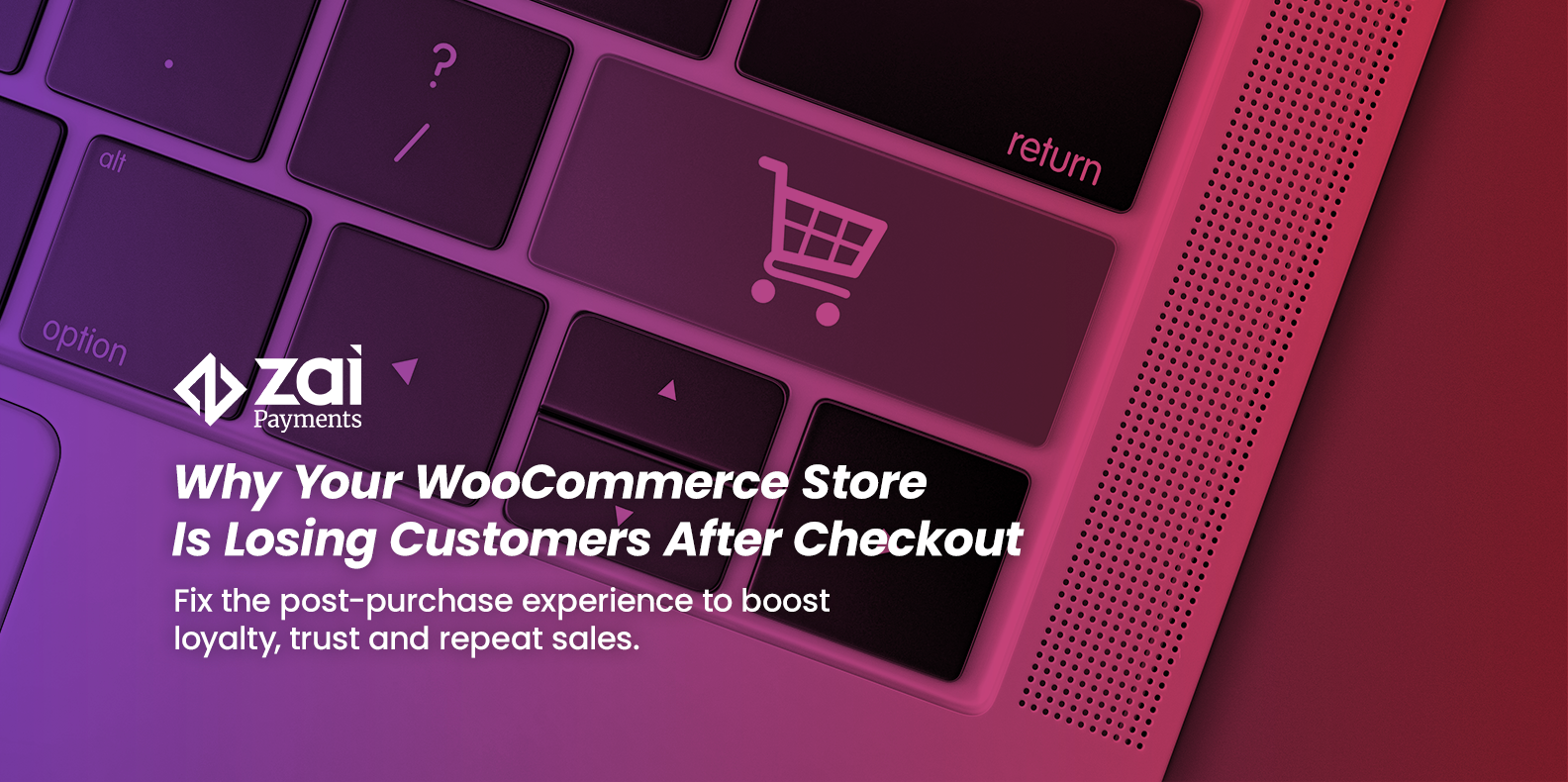Australia's payment rails are undergoing a bit of a glow-up. For decades, Direct Debit has been the workhorse of recurring payments - functional, familiar, and mostly invisible. But now, there’s a new contender pulling into the driveway: PayTo, a modern payment method born from the New Payments Platform (NPP). It promises speed, control, and transparency.
In this article, we’ll cover:
- Introducing PayTo
- PayTo vs Direct Debit: How Do They Stack Up
- Why Consumers Should Care About PayTo
- Why Businesses Should Get On Board
- Merchants Eye Lower-Cost Payment Alternatives Like PayTo
- Not All Smooth Sailing For PayTo
- PayTo is a Platform, Not Just a Payment
- The Beginning of the End for Direct Debit
For more information on PayTo and payment solutions that work for your business, get in touch with us today.
1. Introducing PayTo
At its core, PayTo is a digital, real-time alternative to traditional direct debits. It allows customers to both (a) authorise a single, ad hoc PayTo agreement through their bank, and (b) create mandates (the equivalent of a Direct Debit Agreement, or DDA) - for recurring payments. This ultimately gives the end user visibility and control over who gets to take money from their accounts - and when. Think of PayTo as a “request to pay” system: the merchant initiates the payment agreement, but the customer holds the reins.
For further reading, check out our Introducing PayTo payments article.
2. PayTo vs Direct Debit: How Do They Stack Up
Here’s a side-by-side to lay it out plain and simple:
|
Feature |
PayTo |
Direct Debit |
|
Control & Authorisation |
Customers pre-approve payments in their banking app or internet banking. |
Customers give broad approval for recurring payments, with less visibility (sometimes paper based!) |
|
Speed & Efficiency |
Real-time payments (24/7 including weekends) via the NPP, improving cash flow. |
Payments take longer to clear. No payments cleared outside of working business hours. |
|
Security & Fraud Prevention |
Customers authorise each PayTo agreement through their bank, which is designed to reduce certain types of fraud compared to traditional direct debit. |
Less stringent authorisation, higher fraud risk. |
3. Why Consumers Should Care About PayTo
From a consumer’s perspective, PayTo is like a breath of fresh air. You can see, modify, pause, or cancel agreements from within your banking app. By giving customers visibility and control, PayTo is expected to reduce chargebacks (customer claims) and failed payment disputes. Improved visibility into failed payments, including real-time updates, helps reduce confusion and improve user experience, leading to a more empowered customer base. That empowerment builds trust – a surprisingly underrated currency in recurring billing relationships.
4. Why Businesses Should Get On Board
PayTo isn’t just a PR win - it’s a working capital game-changer. Real-time settlement via the NPP means cash flow gets a caffeine boost, eliminating the lag that’s long plagued direct debit.
Plus, PayTo enables smarter billing models - usage-based, variable, or even microtransactions - previously too clunky to execute with direct debit. And designed to reduce failed payments and reversals, reconciliation becomes less of a recurring migraine.
5. With Rising Card Costs, Merchants Eye Lower-Cost Payment Alternatives Like PayTo
The RBA prohibits card schemes from enforcing “no-surcharge” rules, allowing merchants to pass on the reasonable cost of card acceptance to consumers. While these surcharging rules are well-established, the broader conversation around payment choice and cost transparency continues to evolve.
Although there’s no regulatory shift at this stage, rising card processing fees and tighter margins are pushing businesses to explore lower-cost alternatives. PayTo is increasingly considered a compelling option, offering a bank-based payment method with real-time settlement and potential cost savings.
While the RBA does not mandate pricing or promote specific payment types, it has consistently advocated for modern, competitive infrastructure—such as the NPP—that enables payment innovation. In this climate, PayTo represents a future-ready approach that could help reduce reliance on card rails and promote pricing flexibility.
It’s a rare moment where infrastructure reform may quietly drive market-led innovation.
6. Not All Smooth Sailing For PayTo
Of course, PayTo isn’t perfect. Adoption has been patchy, especially among smaller banks and older billers, as well as in the activation of business accounts. Some merchants balk at the possible integration cost or technical lift, especially those who’ve only just finished modernising their card infrastructure.
Then there’s consumer awareness - or lack thereof. You can’t choose what you don’t understand. For PayTo to reach critical mass, banks and billers need to educate users - not just technically, but emotionally. People need to feel in control, not confused.
PayTo provides better security than direct debit, especially when customers utilise PayID aliases instead of revealing their complete bank account details. However, using PayID is optional—PayTo agreements can also be initiated via traditional BSB and account numbers.
That being said, no payment system is infallible. Social engineering still lurks in the shadows, waiting for a careless click or poorly worded SMS. Vigilance must evolve with the tools.
7. Looking Ahead: PayTo is a Platform, Not Just a Payment
Here’s the kicker: PayTo isn’t just a new payment method - its infrastructure. It opens the door to real-time, programmable finance. Think smart subscriptions, variable pricing, even pay-as-you-use electricity or insurance. It could empower everything from paying for utility bills to automated loan repayments.
And, in the hands of super apps or embedded finance providers, it could supercharge personalised financial services.
Is This The Beginning of the End for Direct Debit?
While it’s true that BECS (Direct Debit) is set to sunset in 2030, it’s not quite the end just yet. But we are witnessing a shift - subtle, powerful, and inevitable. PayTo reframes the very nature of how Australians authorise and manage payments. It's more than a tool - it’s a trust engine, a transparency upgrade, and a cash flow enhancer rolled into one.
Direct debit will hang around - inertia is sticky. But as more players adopt PayTo, and consumers begin to taste control, that old station wagon may finally get parked for good.
The road ahead is exciting. PayTo is steering the next evolution of account-to-account payments in Australia - a foundation for smarter, safer, and more flexible financial experiences.
Further reading:
PayTo: A Global Leader in Real-Time Payments
This information is correct and updated as of July 2025. This information is not to be relied on in making a decision with regard to an investment. We strongly recommend that you obtain independent financial advice before making any form of investment or significant financial transaction. This article is purely for general information purposes.
About the Author
Olivia Perry
Senior Fintech Content Strategist
Olivia is a fintech strategist and writer with 10+ years of experience in global payments, digital wallets, and real-time transaction systems. She’s passionate about financial inclusion and breaking down complex payment trends into clear, accessible insights.



